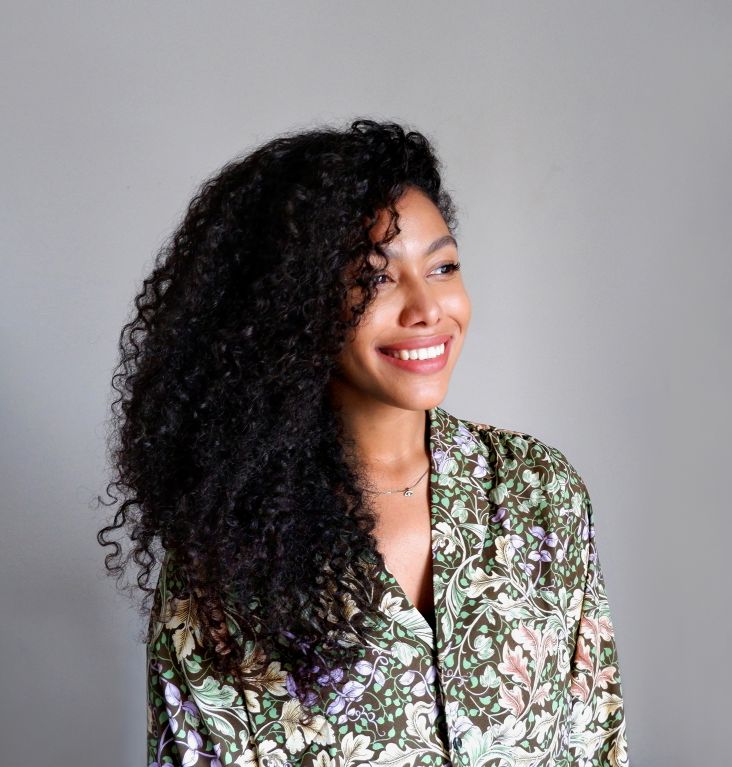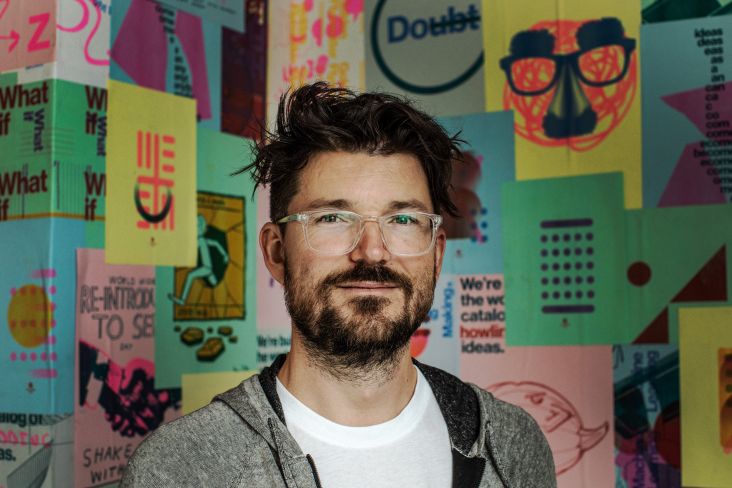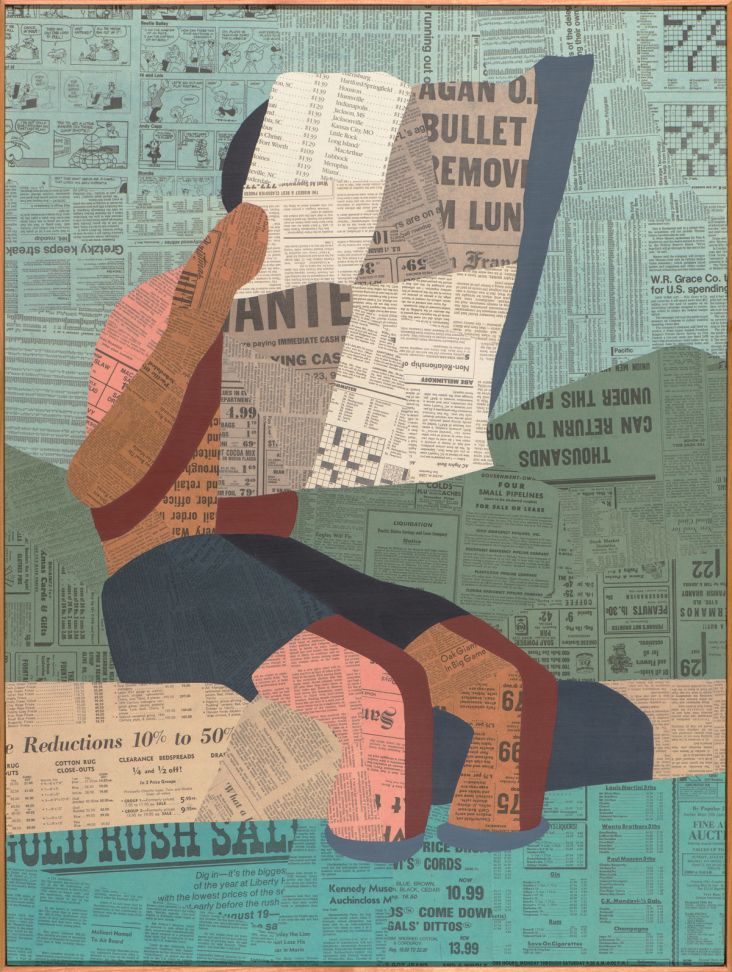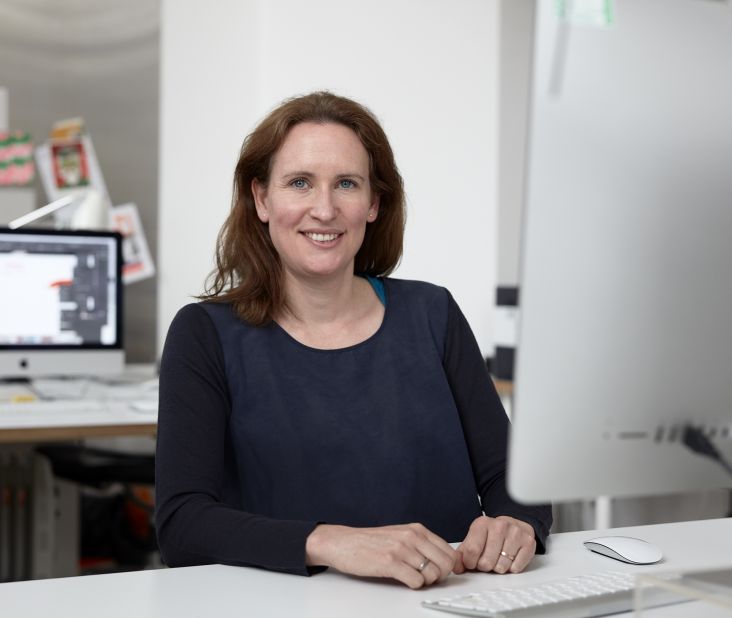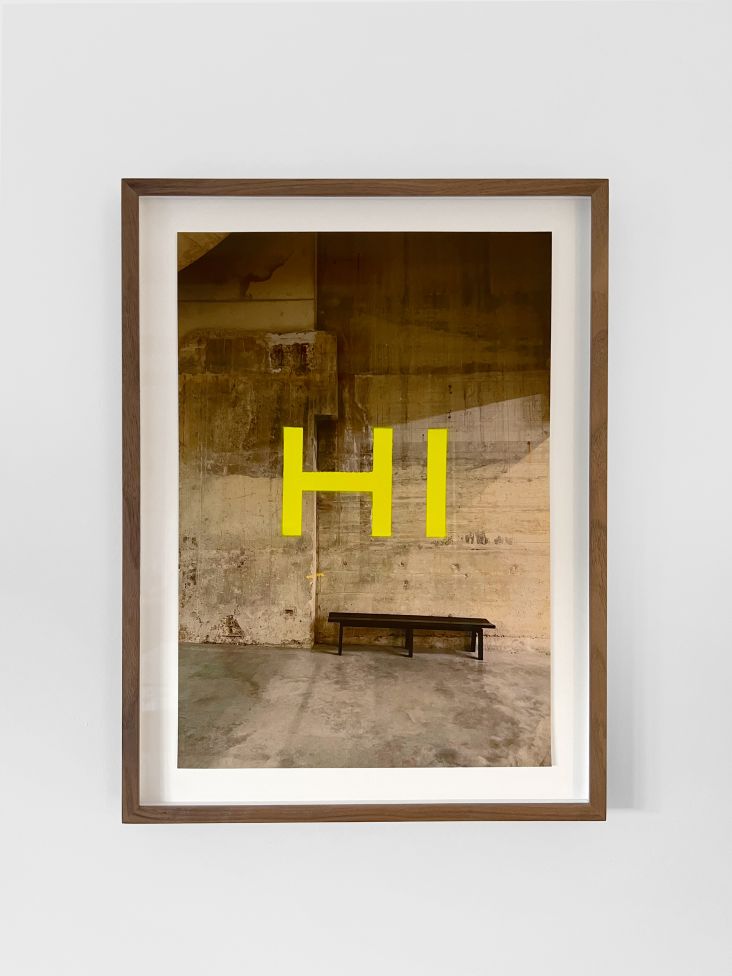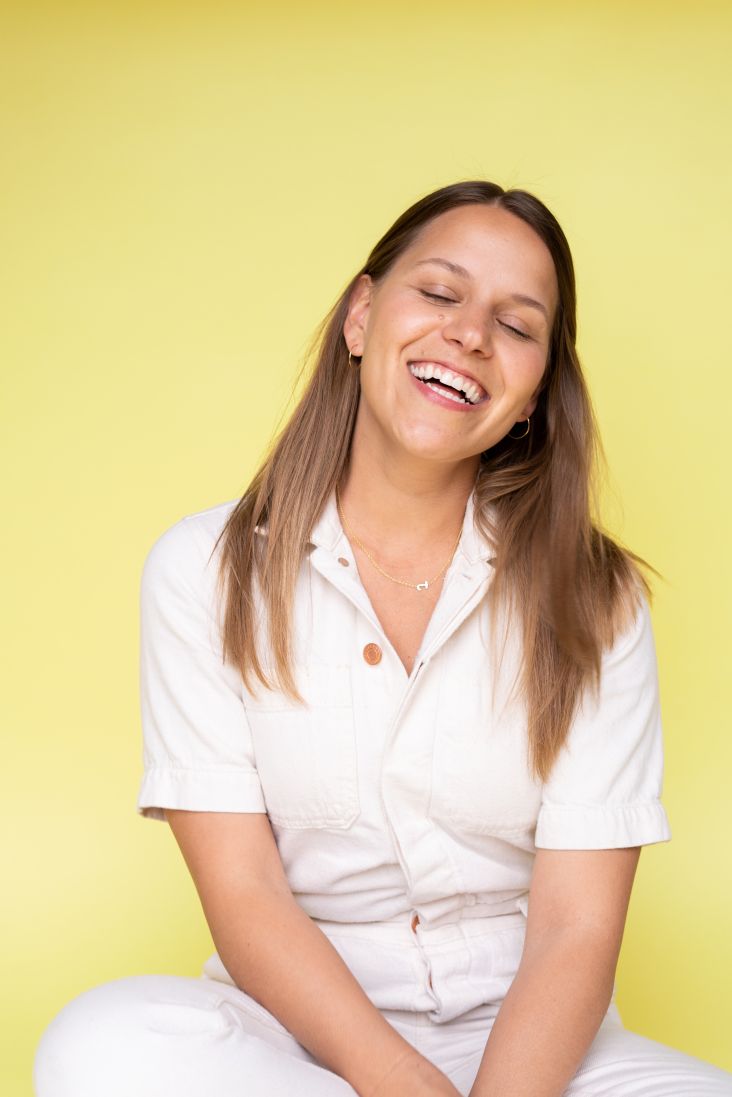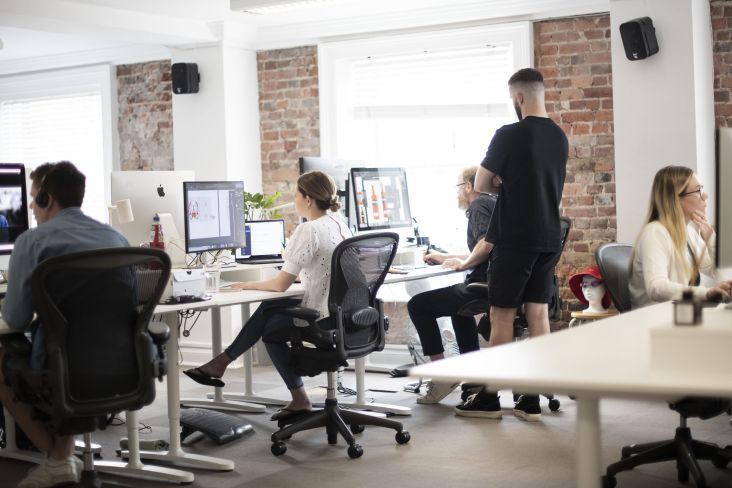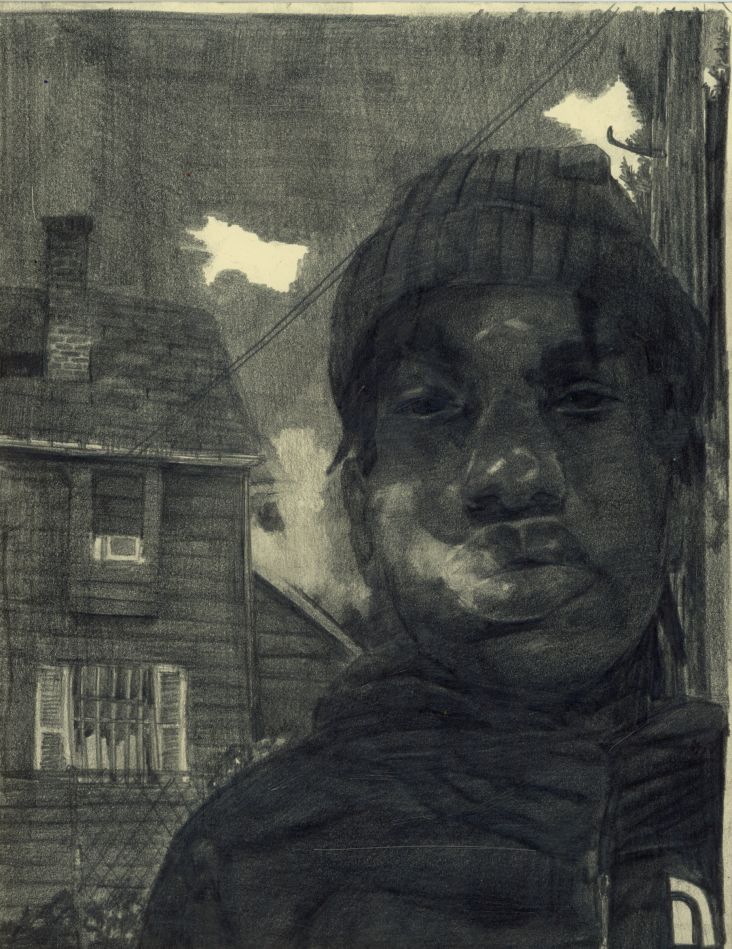Gretel's Dylan Mulvaney on city life, serendipity, and why graphic designers never get famous
As head of design at Gretel NY, Dylan Mulvaney is the creative force behind brand identities for Apple, Netflix and Vice. In our exclusive interview, Dylan chats about the process that leads to world-class results and how he got here in the first place.
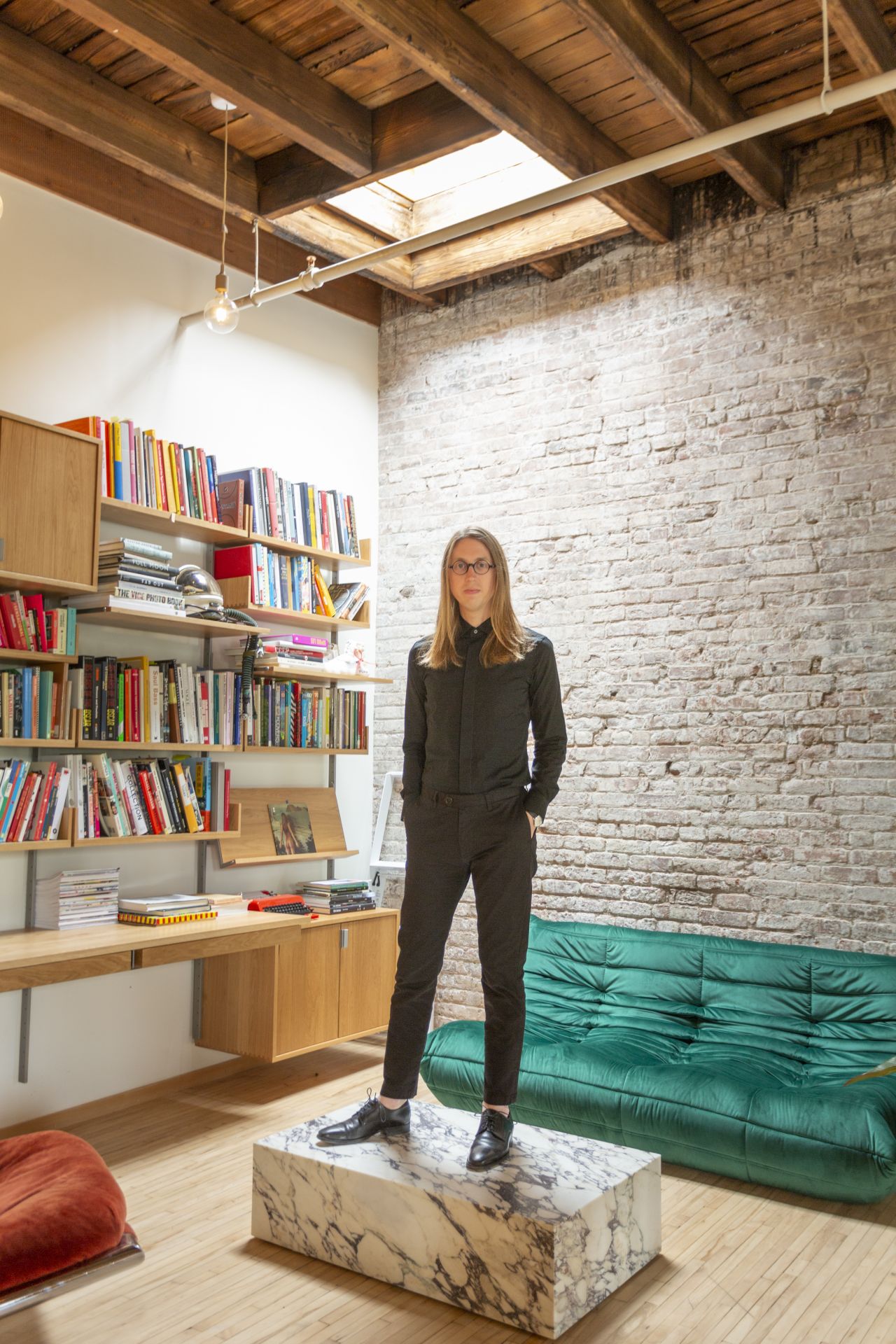
Dylan Mulvaney
Described by Gretel as "a low profile dude who has been behind some of our highest-profile work", Dylan's expertise lies in translating a brand's core values, strategy, and voice into striking visual executions. He's been honoured by the D&AD, the Art Directors Club, the Type Directors Club, and the Fast Company Innovation by Design Awards.
As such, we were looking forward to getting design insights from a true master. But we also discovered along the way that he's not just talented; he's an incredibly humble and kind human too. What Dylan had to say about design, the creative industry, new ways of working, and the joys of New York is well worth paying attention to.
There are so many design studios in New York: what makes Gretel different?
First is our approach. We work with clients to get to the heart of who they are and then express their brand through dynamic identity systems led by principles rather than rigid rules. We bring brands to life through signature behaviours in motion, composition, and interaction. The final systems move seamlessly across everything an organisation owns, does, and produces.
Second, our team. I've been at Gretel for more than 12 years because of the people I work with. We have thirty-five very talented people from around the world working together across design, strategy, operations, and IT. They teach and inspire me every day. Each person's unique experiences and interests add richness and depth to our internal culture and creative output.
Have you been through a lot of changes over that time?
Yeah, Gretel began as a motion studio. There were four full-time people when I started in 2009. We worked on TV commercials alongside show packages and branding for TV networks. That's how our foray into branding started.
Our team grew slowly over the years, and we began focusing more on branding. In 2014, Netflix approached us to do their global branding because of our experience branding TV networks. After that project launched, we started receiving branding inquiries from various industries.
Now we partner with organisations big and small to make memorable, lasting brands – from a one-person dance studio to a Fortune 500 Company. We also work across a wide range of industries which is continually expanding. I'm excited about our first higher education project launching this fall.
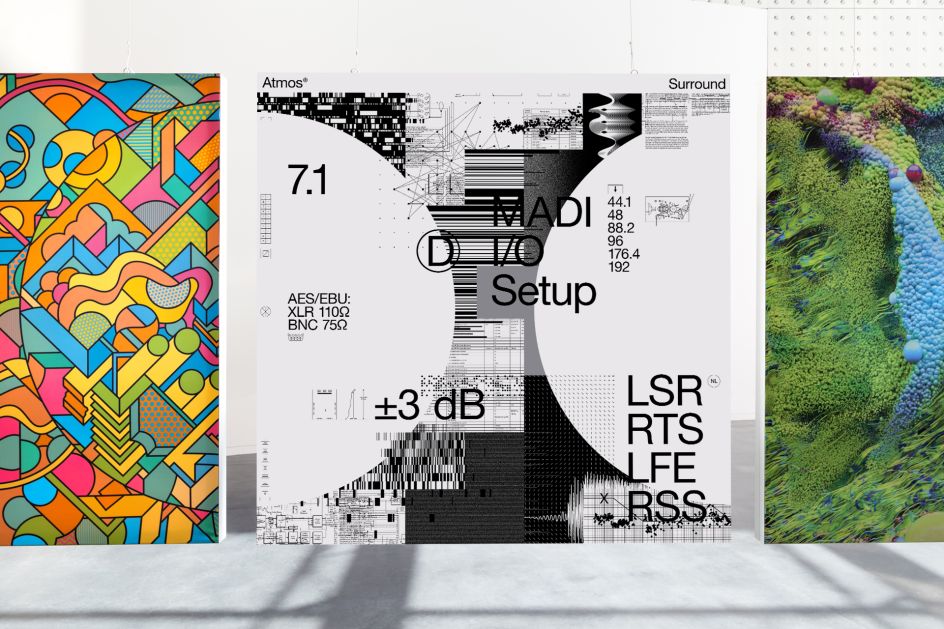
Dolby Art Series at San Francisco Design Week © Dylan Mulvaney at Gretel
Viceland © Dylan Mulvaney at Gretel
Are you now back in the studio, physically?
Like a lot of studios, we're working hybrid now. Starting this March, our design team works in-person Monday–Wednesday and remotely on Thursday and Friday. Other teams are in-person Monday–Tuesday or Tuesday–Wednesday and remote the other three days.
Across the studio, we focus on collaborative work early in the week and heads down, individual work later in the week, with most of our client presentations scheduled for Fridays.
We are also trying a remote month this August. There's no expectation to work in person the whole month, allowing everyone to work from anywhere. I'll be working from Mexico City, which I'm very excited about.
Personally speaking, do you prefer working alone or in groups?
It depends on what type of work I'm doing. That's why I find the flexibility of this new hybrid model so appealing. Working remotely is great for individual, focused tasks. I like working alone at home for things like writing or diving deep into symbol design.
Broadly speaking, though, I love working around other people because of the interaction of ideas. When you're alone, you're working within your own limitations. There aren't any unexpected inputs or interventions.
The beauty of working together in the studio is the organic and sometimes accidental collaboration that can lead to ideas you wouldn't have discovered otherwise. Somebody might see something over your shoulder and tell you about the lighting design of a play they saw last weekend or a book with an interesting production technique. Collaboration and outside influences are extremely valuable for your personal development and the projects you're working on.
So, what's the creative process at Gretel?
Our projects typically move through five phases.
We call our first phase Discovery. We start by immersing ourselves in the client's world, like Jane Goodall [a primatologist known for her studies of wild chimpanzees in Tanzania] moving to Gombe to live with the chimps. We look at everything, talk to everyone, and soak up as much as possible to understand the problem clearly.
This phase culminates in a findings presentation where we outline logistics, identify problems and opportunities, and share initial directives and their implications.
Then we move to our second phase, Strategy. Gretel has a dedicated strategy team now, which is fantastic. They create a strategic framework to guide visual and verbal expression.
Graphic design is essentially ephemeral. If a future designer found my work, I'd want them to take what they find useful, ignore the rest, and keep pushing the discipline forward.
You say 'now'; how did things work before?
Until five years ago, our design team was the strategy team. For each project, we typically presented strategy and a single initial design direction together.
Now the Strategy phase starts and then overlaps with our third phase, Lab. We spend Lab exploring visual and verbal identity through sketching, experimentation, and iteration. It's such an exciting and important phase for the design team.
During that overlapping time, the strategy and design teams bounce ideas back and forth like two players in a ping-pong match. Each team influences the other as the work is revised and refined.
Ultimately, the Strategy phase leads to a foundational framework including purpose, principles, and personality. The Lab phase leads to a visual and verbal identity, including the elements and principles that drive it.
What happens next?
Next, we move to our fourth phase, Application. We apply the chosen direction to all deliverables, templates, and tools. We leave room for the brand to grow, flex and evolve as it adapts across mediums.
The fifth and final phase is Support. We finish each project by building and delivering comprehensive brand guidelines and assets. Afterwards, we typically follow up with workshops for in-house teams and key external partners.
What's your favourite part of all of that?
My favourite part is the beginning of our Lab phase when anything is possible. I've soaked up all of the context and considerations around the project. Now I push that knowledge to the back of my mind and start working intuitively. Sketching is always a balance of preparation and spontaneity.
The freedom and openness of that moment can feel exciting and intimidating, but if you don't feel butterflies sometimes, you're probably not taking enough risks or moving into new territory. You have to decide to commit and commit fully.
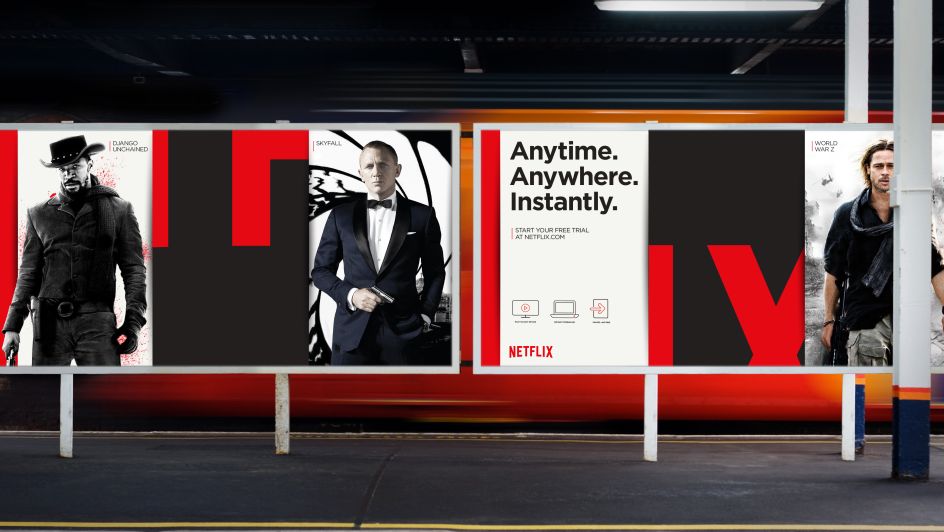
Netflix © Dylan Mulvaney at Gretel
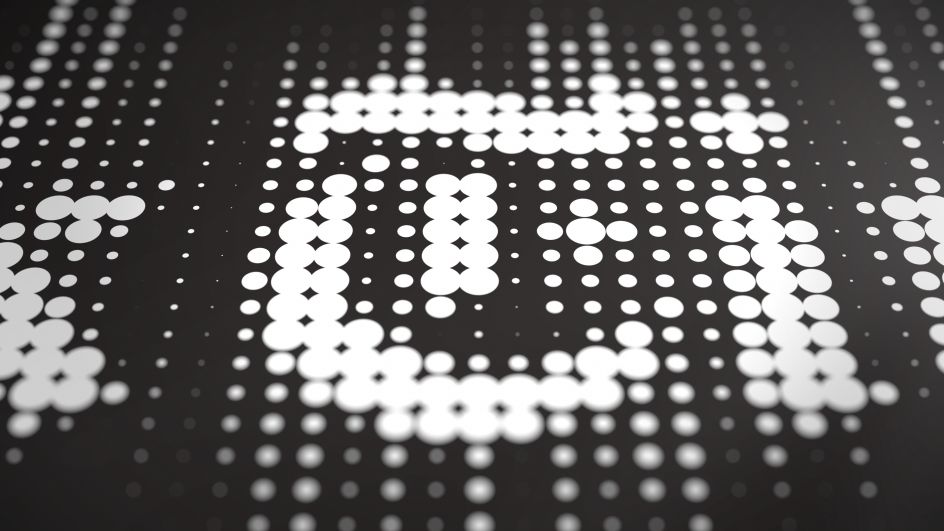
The New York Times Magazine © Dylan Mulvaney at Gretel
How did you get into design in the first place?
I grew up in Coggon, Iowa. It's a town of about 700 people in the heart of the midwest, near the Mississippi River. All the adults around me had jobs you might see in a storybook. My dad was a mechanic, my mom was a schoolteacher, and later a stay-at-home parent. Most of my friends' parents were farmers. There weren't any artists or designers to be found.
Like everyone, I spent a lot of time making art as a kid. I especially loved writing and illustrating books. I found a hilarious one recently about an alien moving into my attic. At the end of the book, I'd written a small bio saying I wanted to be an artist when I grew up. I'm sure that's a common dream when you're young, and it either gets drilled out of you during school, or it persists somehow.
And clearly, it persisted with you?
When I was in 5th grade, we bought a computer. It was an ugly beige PC, but it had Windows 98 and the internet, which blew open my world.
Around the same time, I bought a digital camera and started doing digital versions of things I'd done in an analogue way before, like making greeting cards and CD covers. I did a lot of clone stamping photos and adding horrible typography. I also started doing some amateur web design. Thank god there's no evidence of any of that.
During high school, I got more serious about web design. I took some college classes and learned I didn't want to code. I was creating and appreciating graphic design without knowing what it was called. I finally discovered the term on a job shadow at a local newspaper. That led me to study graphic design after high school.
And then you headed to New York.
Yeah, it's funny: the thing that drew me to New York is still what keeps me in New York – culture. I love experiencing art, architecture, theatre, and music. There are so many options – big and small, old and new, accepted and Avant-garde. The options on any given night are overwhelming.
As I've gotten older, I've started to appreciate what I abandoned in Iowa – nature. I take trips upstate and visit Iowa occasionally to try and scratch that itch. Luckily, the parks in New York are amazing. I don't know what people would do if we didn't have Central Park and Prospect Park.
But now we're all used to working from home, do you think big cities will still be important to creativity?
Absolutely. I think big cities offer the advantages of working in a design studio on a larger scale.
There's a limit to what you can experience on your own or in a small group of people. The beauty of a city like New York is the huge variety of people and ideas vibrating off of each other. A busy street corner and MoMA are equally inspiring. New and sometimes unexpected experiences challenge you to learn, grow, and see the world differently.
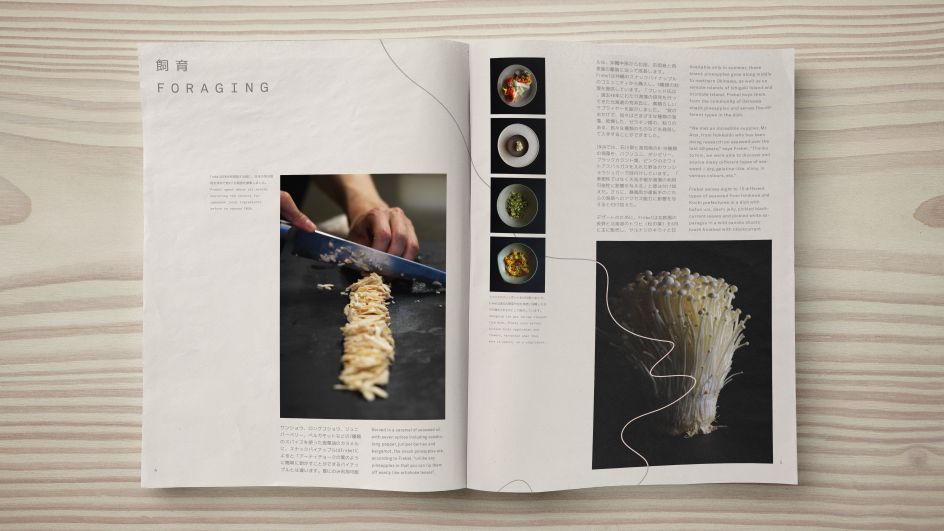
Inua © Dylan Mulvaney at Gretel
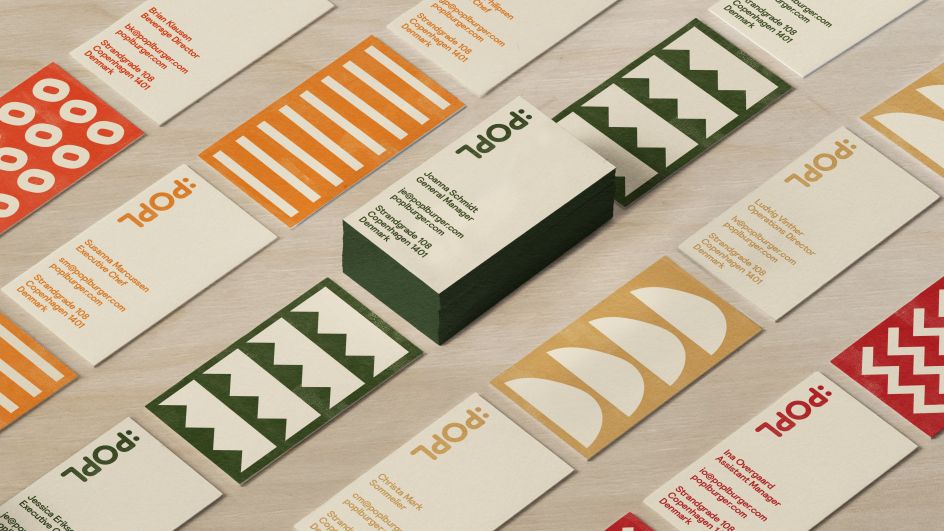
POPL © Dylan Mulvaney at Gretel
Do you ever think about what your legacy will be?
No. An actor who's been on Law and Order once could probably get their photo on their local laundromat's wall. The most well-known graphic designer will never make that wall, and I think that's fine.
Graphic designers are blue-collar art workers. We do the work that artists used to do. During the Renaissance, mass communication for the Vatican was created by artists. Today, mass communication for Venmo is created by designers. We need to be anonymous because we're speaking on someone else's behalf.
Graphic design is essentially ephemeral. Logos have some longevity but nothing that approaches architecture. There are no legal designations or organisations dedicated to preserving significant graphic design.
If a future designer found my work, I'd want them to take what they find useful, ignore the rest, and keep pushing the discipline forward.
In which case, why do you do it?
It taps into the fundamental human urge toward creative investigation and creative work.
Graphic design is so open-ended. It can encompass other disciplines like writing, illustration, and music. Its process can be long and winding. There are always other potential options and ideas. You can always refine something further.
That ambiguity and struggle are what ultimately make graphic design so rewarding. The feeling you get when you crack a concept or breakthrough on a sketch is so satisfying. All of the struggles fade with time; what's left is your sense of accomplishment.
We should maximise the opportunities for creative work within the design disciplines and across our society.
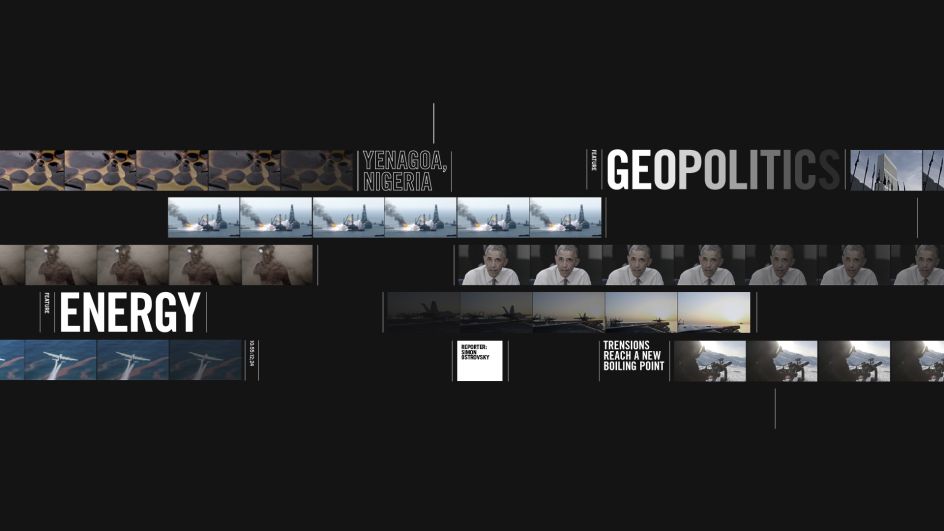
Vice © Dylan Mulvaney at Gretel

















